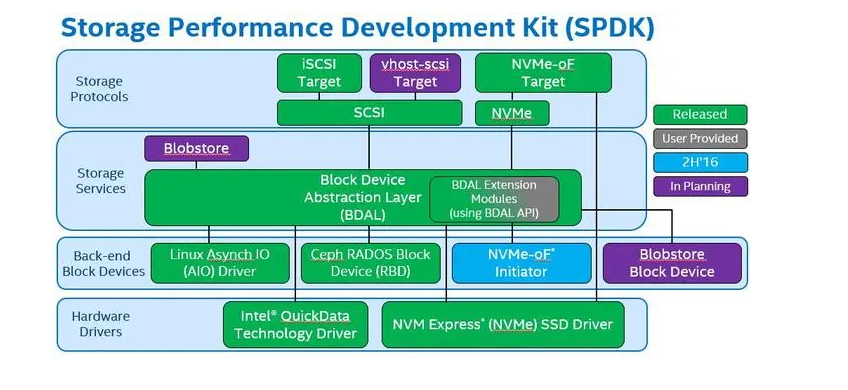以下是修改后的代码,实现了单帧或多帧传输:
#include <stdio.h>
#include <stdlib.h>
#include <string.h>
#define MAXSIZE 1000
#define SIZE 8
typedef enum StdRet {
E_OK = 0,
E_NOT_OK
} StdRetType;
unsigned char str_input[MAXSIZE];
unsigned char str_output[MAXSIZE];
// 数据封装函数
StdRetType package(unsigned char *source_point, int length);
StdRetType output_data(unsigned char *data, int length)
{
if (length > MAXSIZE) {
return E_NOT_OK;
}
printf("Output Data: ");
for(int index = 0; index < length; index++) {
printf("0x%02X ", data[index]);
}
printf("\n");
return E_OK;
}
int main()
{
// 在主函数输入一个任意长度的字符
printf("请输入数据:");
scanf("%s", str_input); //使用fget函数输入字符串
package(str_input, strlen((char*)str_input));
return 0;
}
// 单帧传输
// SF: SingleFrame 8bytes 无效数据0x00填充
// byte0: 高4bits 0x0 低4bits DataLength
// byte1-byten: data
// 多帧传输
// FF: FirstFrame 8bytes
// byte0: 高4bits 0x1 低4bits 0x0
// byte1: CF包数量
// byte2-byte7: data
// CF: ConsecutiveFrame
// byte0: 高4bits 0x2 低4bits 包数(从1开始)
// byte1-byte7: data
// 获取数据的长度
int get_len(unsigned char* str)
{
int len = 0;
while (str[len] != '\0') {
len++;
}
return len;
}
//封装函数
StdRetType package(unsigned char *source_point, int length)
{
if (length <= SIZE-1) { // 单帧传输
printf("Single Frame Transmission\n");
str_output[0] = 0x00 + length;
for (int i = 1; i <= length; i++) {
str_output[i] = source_point[i - 1];
}
output_data(str_output, length+1);
}
else { // 多帧传输
printf("Multiple Frame Transmission\n");
int num_of_frames = ((length - SIZE + 2) + (SIZE - 2) - 1) / (SIZE - 2);
str_output[0] = ((num_of_frames << 4) & 0xF0) | 0x10;
str_output[1] = num_of_frames;
int src_index = 0;
for (int frame_num = 1; frame_num <= num_of_frames; frame_num++) {
unsigned char header_byte_2_to_7[SIZE-2];
for (int j = 0; j < SIZE-2 && src_index < length; j++, src_index++) {
header_byte_2_to_7[j] = source_point[src_index];
}
printf("Frame %d: ", frame_num);
str_output[0] |= frame_num;
for (int j = 0; j < SIZE-2; j++) {
str_output[j+2] = header_byte_2_to_7[j];
}
output_data(str_output, SIZE);
}
}
return E_OK;
}
这个修改后的代码实现了单帧或多帧传输。在主函数中,您可以输入任意长度的字符数据。然后通过package函数对数据进行封装,并通过output_data函数打印输出封装后的数据。根据数据长度,如果是小于等于8字节,则使用单帧传输方式;如果大于8字节,则采用多帧传输方式,其中每个分帧都会输出到控制台。
内容由零声教学AI助手提供,问题来源于学员提问





















